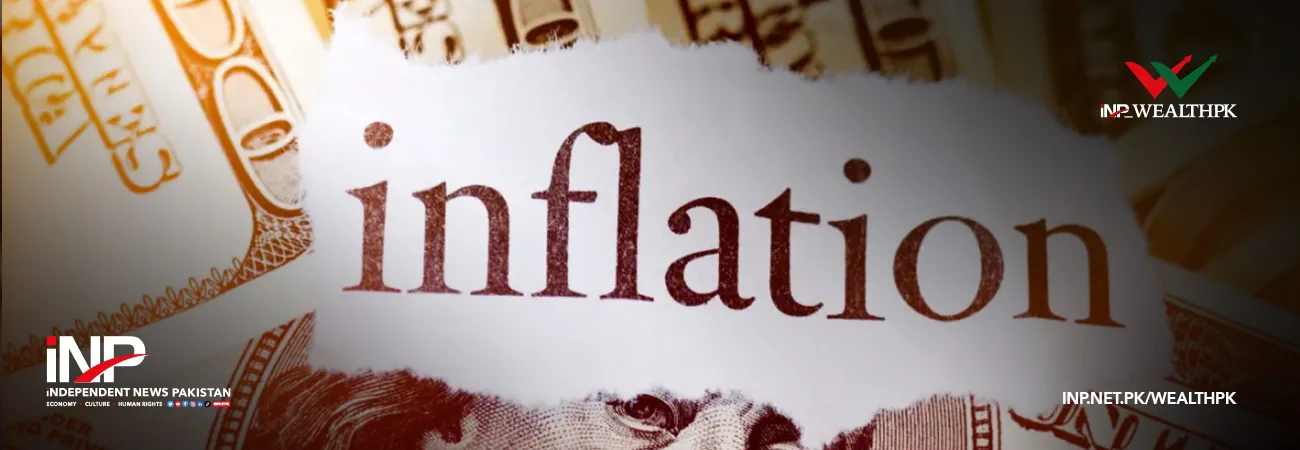آئی این پی ویلتھ پی کے
Moaaz Manzoor
Pakistan's rising debt servicing obligations are putting an unprecedented strain on its fiscal framework, with experts emphasizing urgent comprehensive reforms to stabilize the economy, reports WealthPK.

Speaking with WealthPK, Ahmad Mobeen, Senior Economist at S&P Global Market Intelligence, highlighted that over the short- to medium-term, Pakistan faces significantly elevated debt servicing costs. He explained that Pakistan’s average annual external debt repayment obligations are expected to constitute about 4% of GDP and 16% of total foreign exchange earnings over the next five years. At the same time, domestic debt servicing is projected to average 15% of GDP during the same period. Such high debt servicing levels, Mobeen pointed out, disproportionately burden Pakistan's fiscal revenues, placing the country among the highest-ranked emerging markets and developing economies (EMDEs) in terms of interest payments as a share of revenue.
He further noted that the country has primarily issued floating-rate domestic debt, meaning that the cost of servicing will decrease only gradually, leaving the fiscal framework highly vulnerable to the interest rate volatility. The IMF's October 2024 Fiscal Monitor underscores this pressure, with Pakistan's gross financing needs standing at 22% of GDP in 2024 — the second-highest among EMDEs after Bahrain. Meeting the IMF performance criteria under the Extended Fund Facility (EFF) will be critical, ensuring that fiscal consolidation measures and concessional financing inflows continue uninterrupted to manage repayment pressures.
Adding to the discourse, Aqib Rauf Abbasi, Senior Analyst at Insights Driven Research, underlined the importance of broadening the tax base to reduce reliance on external borrowing and to enhance fiscal resilience. Pakistan’s current narrow tax net has stymied revenue growth, making debt servicing more challenging. Aqib suggested restructuring the public debt to extend maturities and lower borrowing costs, enabling the government to reallocate resources for productive investments. He also emphasized the need to boost the national savings rate, which remains abysmally low, compared to the other emerging economies.
Increasing public and private savings would not only reduce dependence on foreign capital but also help finance the domestic development needs. Such measures, Aqib argued, are essential to mitigate the crowding-out effect, where excessive government borrowing restricts the private sector credit, dampening economic growth prospects. By fostering an environment that promotes investments in savings instruments and financial literacy, the government can create a more sustainable fiscal outlook. The mounting fiscal strain from debt servicing underscores the precariousness of Pakistan’s economic trajectory.
With high gross financing needs and debt servicing absorbing an increasing share of GDP and foreign exchange, fiscal consolidation and structural reforms are imperative. The recommendations from experts point to a multi-pronged approach: broadening the tax base, restructuring debt, and fostering savings to alleviate fiscal pressures. However, the effective implementation of these measures will require a strong political will, efficient governance, and adherence to the IMF performance criteria. Without prompt action, the growing fiscal imbalance could further undermine macroeconomic stability, constraining growth and development.
Credit: INP-WealthPk












